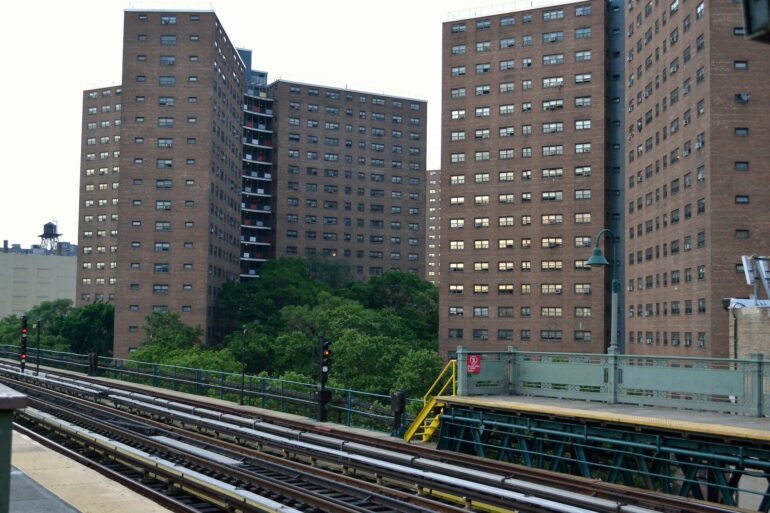All social inequalities, by definition, involve one group that has more and another that has less. Do people prefer describing inequalities in terms of advantage or disadvantage?
Using multiple methods and research contexts, new research finds that journalists and laypersons chronically describe racial and gender inequalities in terms of ethnic minority and female disadvantage, respectively, as opposed to white American and male advantage. However, wealth inequality is more often described in terms of the advantages enjoyed by the rich than the disadvantages faced by the poor. These differences are related to the perceived legitimacy of the area of inequality; the more illegitimate people perceive the inequality to be, the stronger the difference in how the inequality is described.
The research, by researchers at Carnegie Mellon University (CMU), the University of Texas at Dallas (UT Dallas), William & Mary, and Middlebury College, appears in The Proceedings of the National Academy of Sciences.
How inequality is depicted in popular media and individuals’ descriptions
“Our research suggests that people have a preferred way of thinking about social inequalities and that those ways of thinking are linked to how legitimate they perceive the inequalities to be. People who see racial and gender inequalities as illegitimate, for example, are more likely to talk about those inequalities in terms of the obstacles that ethnic minorities and women face than in terms of the privileges that white Americans and men experience. But our tendency to only focus on one side of the equation masks the fact that inequalities are relative in nature, and that if we want to reduce inequalities, the solutions will require us to go beyond solutions that act only on one side,” says Rosalind M. Chow, Associate Professor of Organizational Behavior and Theory at CMU’s Tepper School of Business, who co-authored the study.
In this study, researchers investigated how different forms of inequality—race, gender, and wealth—are depicted in two contexts: reporting in popular media and individuals’ descriptions of inequality. They observed these differences in four studies:
Study 1 examined more than 18,000 newspaper articles about inequality published between 2000 and 2019, looking at the most prominent words on topics relating to racial, gender, and wealth inequalities. Study 2 hand-coded more than 750 mainstream media publications that report on racial, gender, and wealth inequality published by eight trusted news media outlets between 2014 and 2018 to determine the number of times the outlet used the advantage, disadvantage, or no frame to describe race, gender, and wealth inequality. Study 3 surveyed nearly 600 people, asking them to describe racial, gender, or wealth inequality and counting how frequently respondents used an advantage, disadvantage, or no frame. The authors also measured participants’ views on the fairness or unfairness of these types of inequality. Conducted on a separate set of 593 participants, Study 4 examined the causal relationship between perceived legitimacy of inequality and individuals’ use of frames. “Our research suggests that people have a preferred way of thinking about social inequalities and that those ways of thinking are linked to how legitimate they perceive the inequalities to be,” says Rosalind M. Chow, Associate Professor of Organizational Behavior and Theory.
Advantage and disadvantage framing
Across the four studies, race and gender inequalities were more likely to be framed as subordinate groups’ disadvantages than as dominant groups’ advantages, and wealth inequality was more likely to be described with no frame and the advantage frame than with the disadvantage frame. These differences in chronic frames were related to the perceived legitimacy of the inequality, with race and gender inequality perceived as less legitimate than wealth inequality.
“Our findings illustrate how the mainstream media’s chronic framing of social inequality may inadvertently perpetuate cultural models of social inequity for the public,” says Sora Jun, Assistant Professor of Organizations, Strategy, and International Management at the University of Texas at Dallas, who co-authored the study.
Chronic use of the disadvantage frame when describing race and gender inequalities likely reinforces the perception that these inequalities are driven more by processes of discrimination, hate, denigration, and animus toward racial-minority individuals and women than by processes of advantage, privilege, favoritism, and help toward White people and men. In contrast, the comparatively more prevalent use of the advantage frame to describe wealth inequality likely fosters the perception that this type of inequality is driven more by processes that boost wealthy individuals than by processes that block the advancement and harm the standing of the poor.
“These cultural models of social inequity are important to consider because they are faulty, and such faulty assumptions may mislead not only the public but also policymakers’ interventions,” adds Jun.
More information:
Sora Jun et al, Chronic frames of social inequality: How mainstream media frame race, gender, and wealth inequality, Proceedings of the National Academy of Sciences (2022). DOI: 10.1073/pnas.2110712119
Provided by
Carnegie Mellon University
Citation:
Study chronicles presence of chronic frames of race, gender, and wealth inequality (2022, May 18)


